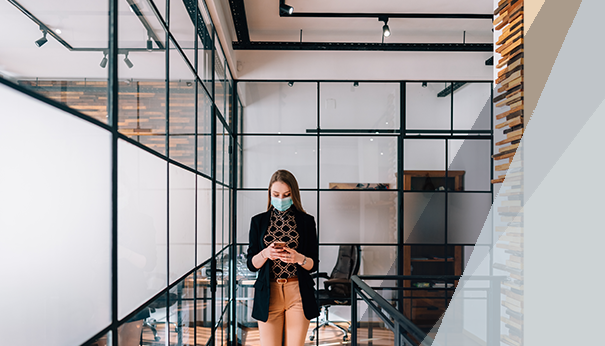
As quarantine restrictions begin to lift and companies plan for the transition of their employees back to work, many of us are wondering what the ‘new normal’ work environment is going to look like. And while no one has the playbook for how to configure a post-pandemic workplace, one thing is certain, social distance is key to ensuring greater safety – both psychological and physical. According to a recent CBC new article, we can expect to see many changes including the following:
- Modified seating plans. Employers will be looking to reverse the trend of recent years of maximizing the number of employees that can be accommodated in office areas, especially those located in major cities where square footage runs at a costly premium.
- Shift work & Flex hours. To enable more space, many employers will need to consider having their employees working different shifts. Greater flexibility in work hours had already started for many employers as employees juggled working from home with childcare and other responsibilities. We can expect that new flex hours and shifts will become the norm in the post-COVID work environment.
- Temperature checks. Health screening measures will be part of the strategy to keep sick employees at home to deter the spread of the COVID-19 virus. Restricted entry points may be required to ensure that all employees are screen systematically.
- One-way hallways. It is anticipated that things like uni-directional hallways and other methods of directing traffic to minimize employee proximity will be put in place, at least in the near term.
Some changes will require considerable effort and creativity – e.g. how to prevent jammed elevators in high-rise offices – while others may be fairly straight forward. Either way, it’s anticipated that these measures will change over time as the availability of a vaccine and new treatment options will give us more control over the spread of the virus and lessen the need to maximize social distancing.

